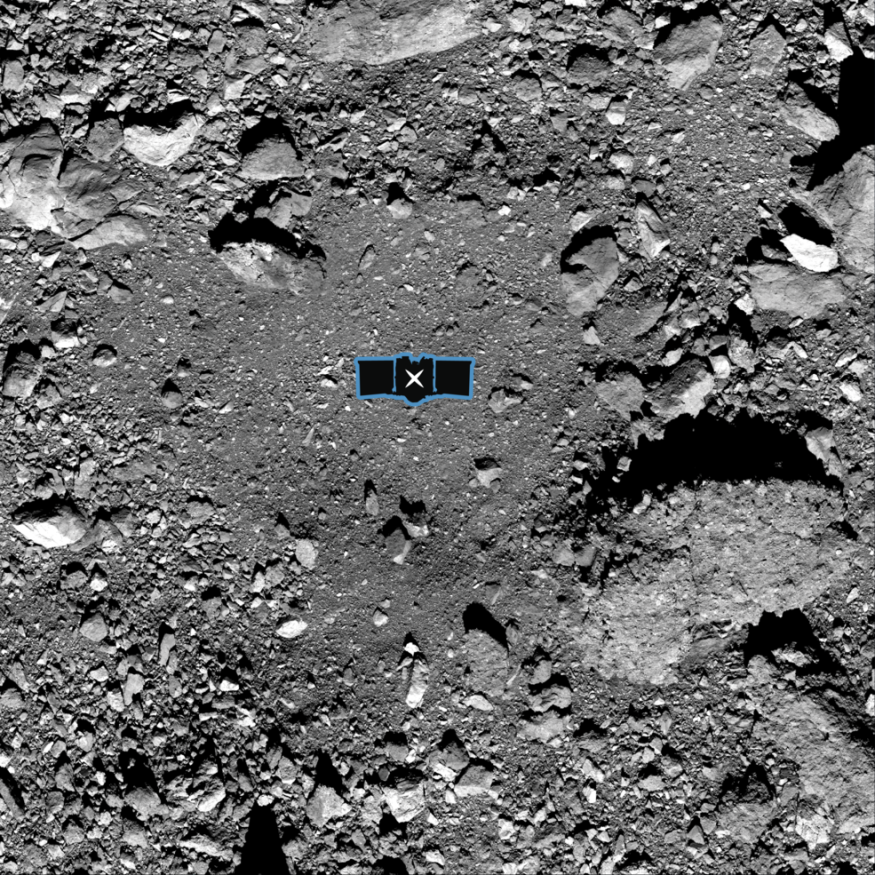
Earlier this week, NASA's Origins, Spectral Interpretation, Resource Identification, Security, Regolith Explorer (OSIRIS-REx) spacecraft was able to discover proof that asteroid Bennu is active: it ejects materials in space. This discovery has been the biggest surprise for the astronomers behind the OSIRIS-REx ever since the spacecraft began its mission on the asteroid (located 70 million miles from Earth) a year ago. Through OSIRIS-REx, astronomers were able to determine that asteroid Bennu can be categorized as a "rubble pile" asteroid or a group of space rocks held together by gravity. The ejection of materials was observed on Jan. 6, early this year and followed by smaller ejections on Jan. 19 and Feb.19.
WHAT ARE THE PARTICLES THAT ASTEROID BENNU IS EJECTING?
The phenomenon observed on asteroid Bennu is not only rare, but it is also the first time that astronomers were able to get front row seats and ready to have a close-up observation of the particle plumes that were ejected from asteroid Bennu. These particles came in various sizes, some measured in single-digit centimeters and some came in tens of centimeters in length. Not all of these particles, however, drift into space. Some fall back to asteroid Bennu's surface.
The particles were ejected from three different places in the asteroid, but all of them happened in the late afternoon, Bennu time. Dante Lauretta, OSIRIS-REx principal investigator from the University of Arizona, Tucson, narrates in a statement, "the discovery of plumes is one of the biggest surprises of my scientific career." He also said that among asteroid Bennu's many surprises, the particle ejection is what sparked the team's curiosity most.
Usually, when an active asteroid ejects particles, it will eventually lose its mass. However, that is not the case for asteroid Bennu. Astronomers believe that the ejections are either caused by micrometeorites impacting the surface, loss of molecules found within the hydrated minerals on the surface, or thermal stress fracturing of the boulders.
WHAT ARE THE NEXT PLANS FOR ASTEROID BENNU?
Astronomers are now setting their eyes on the 460-foot-wide crater called "Nightingale" to collect samples from asteroid Bennu. The astronomers settled on Nightingale crater due to the abundance of fine-grained particles in the area, and it is easier for the spacecraft the specimen from here, according to a press release released by NASA this week.
Nightingale is located at Bennu's far-northern hemisphere. Due to the crater's relatively young age, as well as its location, astronomers are positive that they will be able to collect specimens that are pristine and unchanged since asteroid Bennu's formation. To be able to gather specimens, OSIRIS-REx will simply approach it and get a sample without having to land.
However, Nightingale crater has its own hazards: there is a big boulder located on the crater's rim that can be dangerous for the spacecraft after harvesting specimens. The astronomers decided on getting samples from Osprey crater in case the first plan does not work. After surveying the asteroid's surface, the team will create high-resolution maps and plan rehearsals for its sample collection attempts. OSIRIS-REx is scheduled to come home by 2023.
© 2026 ScienceTimes.com All rights reserved. Do not reproduce without permission. The window to the world of Science Times.











